No, NASA Did Not Find Even ‘Hints Of Life’ On Enceladus

Finding the ingredients for life is a very different prospect than finding the products of life.
Perhaps the greatest quest in science today is to find life that originated beyond Earth. While searches for extraterrestrial intelligence have all come up empty, and our astronomical capabilities have not quite advanced to the stage where we can sniff it out in the atmospheres of planets around other stars, there’s a close-to-home possibility to consider. If one of the worlds in our Solar System contains life — past or present — we can discover it with today’s technology.
Many possibilities abound for where life might exist today, including beneath the surface of Mars, in the cloud-tops of Venus, and in the sub-surface ocean of a world like Jupiter’s moon, Europa. But one world in the Solar System stands out: Saturn’s moon Enceladus. With a liquid water ocean beneath its ice and geysers that shoot off hundreds of miles above the surface, the possibility of encountering alien life has never been more accessible.
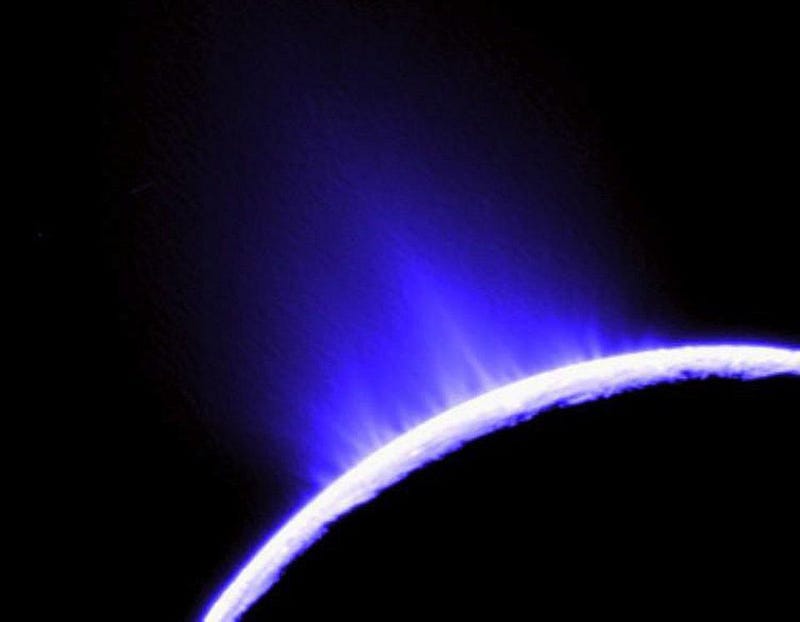
Recently, Enceladus made headlines because complex, organic molecules were discovered in its geyser plumes, leading many to speculate that there was life deep in its sub-surface ocean. This speculation may have some merits to it, after all. The carbon compounds that make up the raw ingredients for life exist in many locations in the Solar System: on Earth, in comets and asteroids, on other planets, and on a large number of moons.
The elements that life requires exist in great abundance, but Enceladus is also special for having copious amounts of liquid water. In addition, its close proximity to Saturn means that the tidal forces on Enceladus are huge: there should be energy released at the bottom of the ocean. Those three ingredients — the carbon compounds essential to life, liquid water, and a heat source — are all life requires to thrive at the bottom of Earth’s oceans.
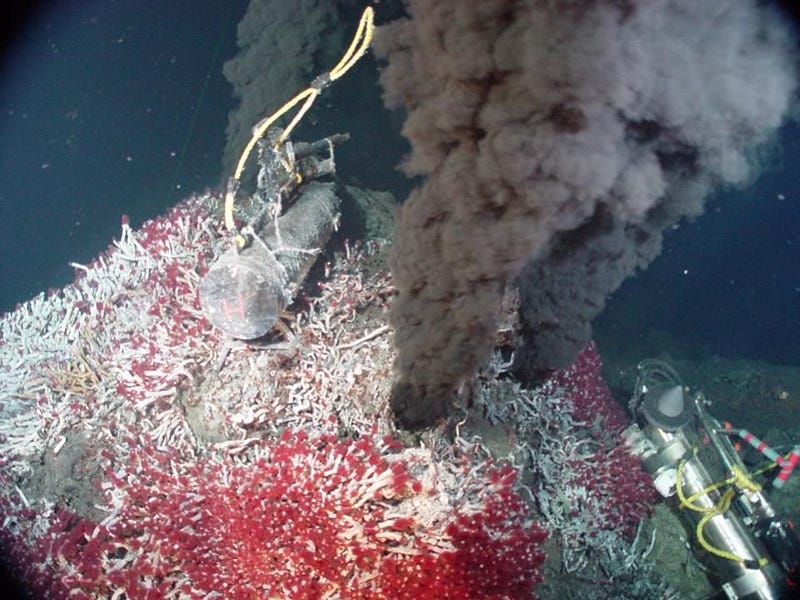
So if it happened here on Earth, why couldn’t it happen on another world as well? The answer, of course, is that it could happen there, and it could have happened there billions of years ago. Life could very easily be surviving and thriving beneath the icy crust of this distant, Saturnian moon.
But that’s not what we found. We didn’t find molecules that indicate they’re the products of life processes; the molecules we found are the raw ingredients for life. There’s a tremendous difference between the two, and finding raw ingredients on Enceladus no more means there’s life on that world than finding sugar, flour, eggs, milk, and butter in your house means there’s a successfully baked cake there.
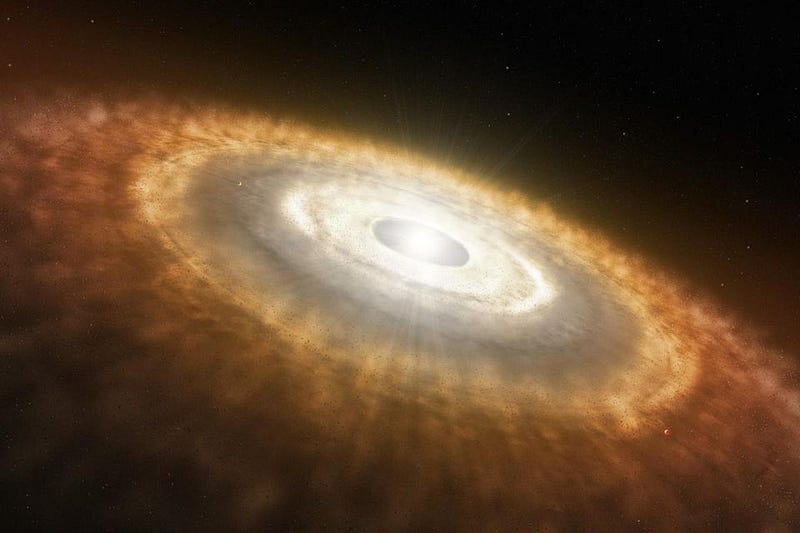
In fact, it’s arguable that a bigger surprise would be not finding the ingredients for life! Recent discoveries have given us a solid end-to-end picture for how planets and moons form in our Solar System. We fully expect that our Sun, like all stars, formed with a protoplanetary disk around it. Early imperfections in the disk may have formed the cores of the major worlds, while the extreme temperatures blew off most of the gaseous materials. A few million years later, the cooler, less dense material from the outer Solar System migrates inwards, beefing up the planets and growing them accordingly. The Earth’s mantle, representing some 84% of the Earth by mass, is thought to surround a heavy metal core for exactly this reason.
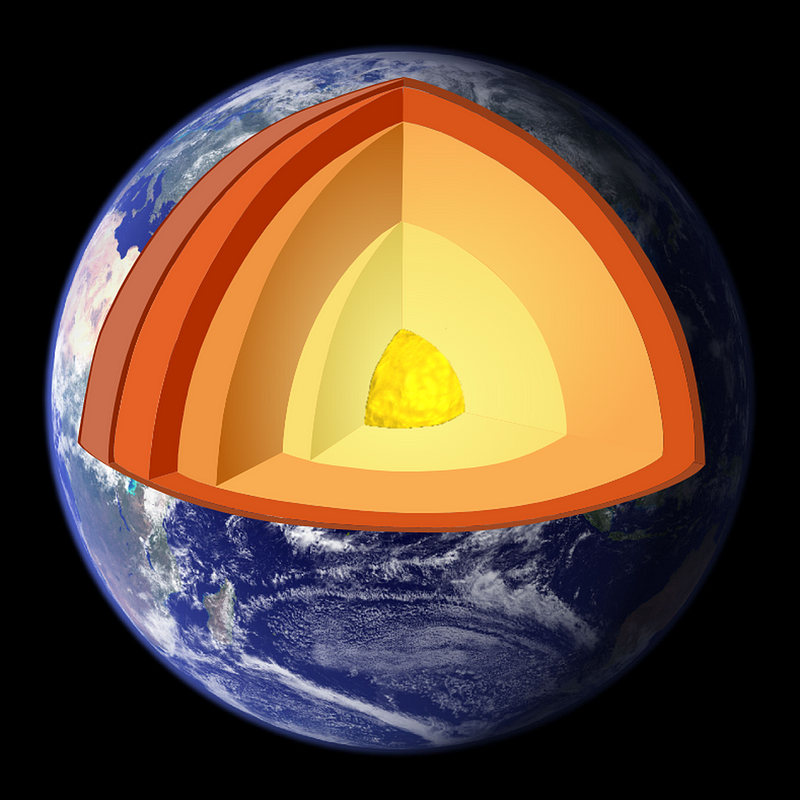
The same elements, molecules and compounds that the majority of Earth is made of also compose the Moon, Mars, asteroids, and many other rocky bodies in our Solar System. When meteorites fall to Earth and survive, we can examine them and see what’s inside. One classic example is the Murchison meteorite, a large rock which fell in Australia nearly 50 years ago. When we sliced it open and examined what it was made of, we found a whole slew of complex, organic molecules inside. In addition to the 20 amino acids useful in life processes here on Earth, we found more than 60 other unique ones. Not only are the ingredients for life common elsewhere in the Solar System and Universe, but potential ingredients that aren’t found in life here abound wherever we look.
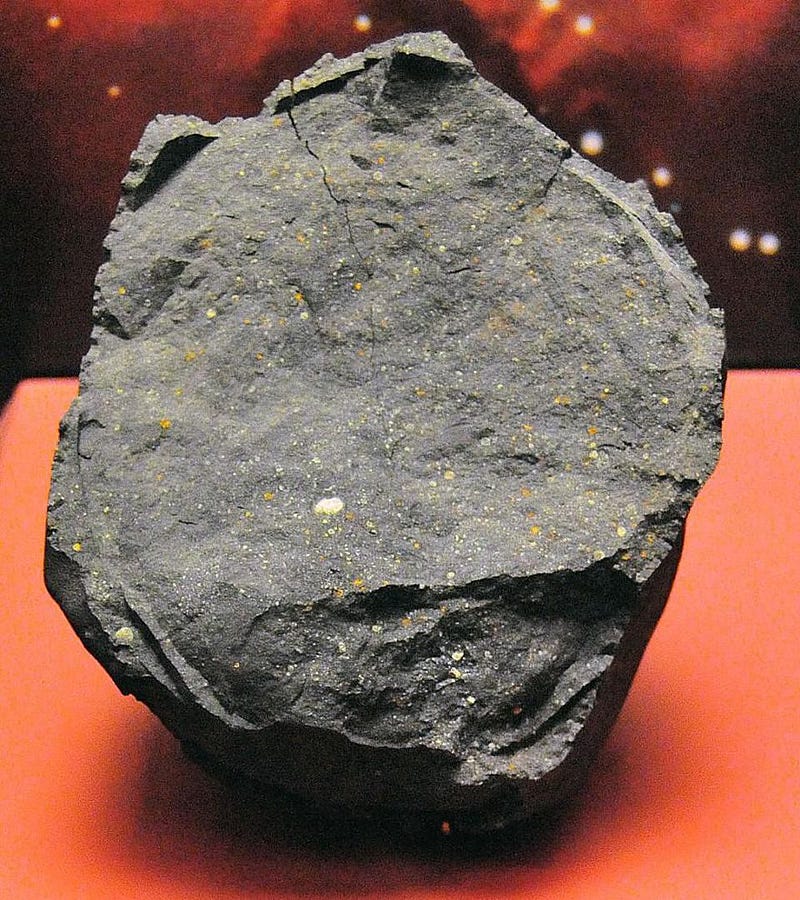
There’s a whole family of meteorites that are Murchison-like, indicating that it’s not a one-off. Many of these same organic compounds — in addition to others like sugars, ethyl formate, and polycyclic aromatic hydrocarbons — are also found in nebulae, neutral gas clouds, as outflows from young stars, and in interstellar space.
The ingredients for life, including but not limited to the ones we got so excited about finding welling up from within Enceladus, are literally found everywhere that we know to look.
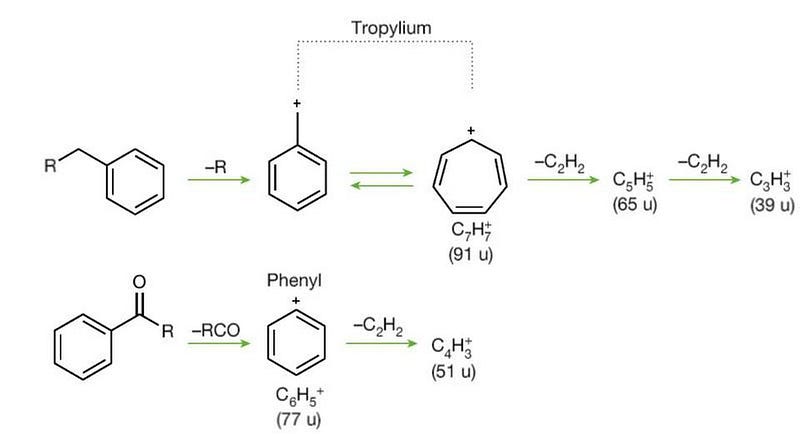
What we found on Enceladus is remarkable in a number of ways. It truly is the first time we found a world beyond our own with the organic materials thought to be required for life’s beginning, embedded in a liquid water ocean, where an energy source from within the world’s interior can catalyze and perhaps even start biochemical processes. While we fully expect that other worlds, like Europa and perhaps even Triton and Pluto, will have similar stories, Enceladus is the first such world to get there.
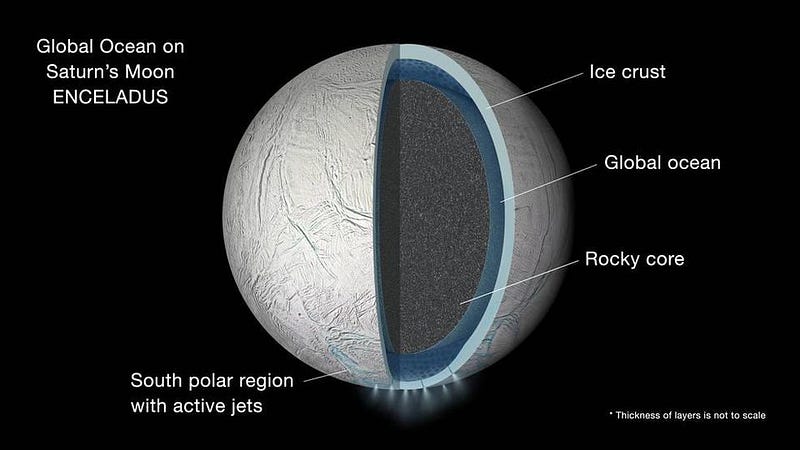
But we haven’t found life, nor have we found chemical evidence for the products of biological processes. All we’ve truly found is a combination of basic, organic chemical ingredients that are under no obligation to have a biological origin. Not every cup of flour will become a cake, and not every carbon-based molecule will lead to the origin of life. As spectacular as it would be if we discovered alien life, what we’ve found on Enceladus isn’t even a hint that it exists. All we have is evidence of another opportunity for life as we know it. To take that next great leap, we’ll need to venture into those plumes themselves, and find whether the ingredients have created something wonderful, or whether our search for alien life beyond Earth will need to take us to another destination.
Ethan Siegel is the author of Beyond the Galaxy and Treknology. You can pre-order his third book, currently in development: the Encyclopaedia Cosmologica.





